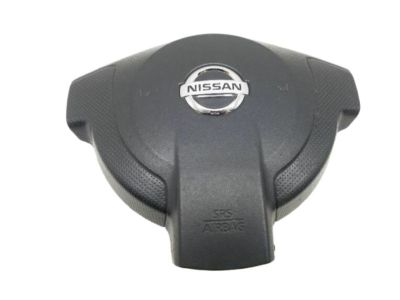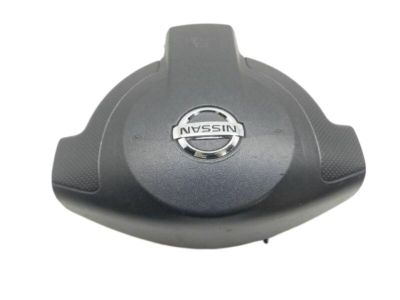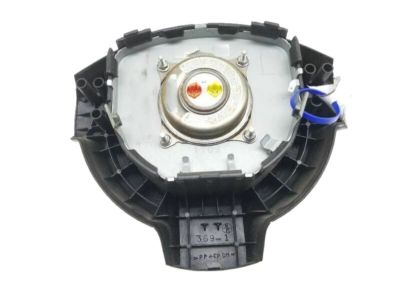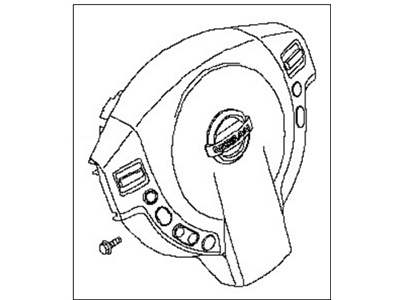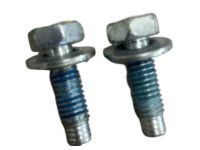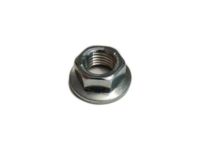These models feature a Supplemental Restraint System (SRS), commonly known as airbags, which are designed to protect both the driver and passenger from serious injury during a head-on collision. Some models include side impact airbags in the front seats and along the roof rail, with all models containing a diagnostic control unit located under the center console. The airbag modules consist of a housing that includes the airbag and inflater unit, with the inflater assembly mounted on the back of the housing to inflate the bag almost instantaneously upon receiving an electrical signal. A spiral cable, which is a flat, ribbon-like electrically conductive tape, transmits this signal regardless of the steering wheel position, and airbag modules are positioned in the steering wheel, above the glove box on the passenger's side, and in some models, in the seat backs and roof rails. The diagnosis/sensor unit, containing an on-board microprocessor and crash sensor, monitors the system's operation and checks it each time the vehicle starts, illuminating the "AIRBAG" light briefly if functioning properly. If a fault is detected, the light remains on, indicating the need for immediate service. For airbag deployment, the impact sensors must be activated, closing the circuit to the inflater. A self-diagnosis circuit displays a light on the instrument panel when the ignition is turned on, which should extinguish after about five seconds if the system is normal; any irregularities should prompt inspection and repair. When working around SRS components, the system must be disabled by turning the steering wheel straight, removing the key, disconnecting the battery cables, and grounding oneself to discharge static electricity. After servicing, the airbag system can be re-enabled by reconnecting the necessary components, ensuring no one is in the vehicle, and confirming the airbag warning light functions correctly. The installation of the driver's side airbag and steering wheel provides access to the spiral cable, while the passenger's airbag module can remain installed during instrument panel removal. Additionally, all models are equipped with pyrotechnic units in the front seat belt retractors, which are triggered during an impact to take up slack in the seat belt system, enhancing safety for the driver and front passenger. The airbag system should be disabled whenever work is performed on or around the seats.
Posted by NissanPartsDeal Specialist 
